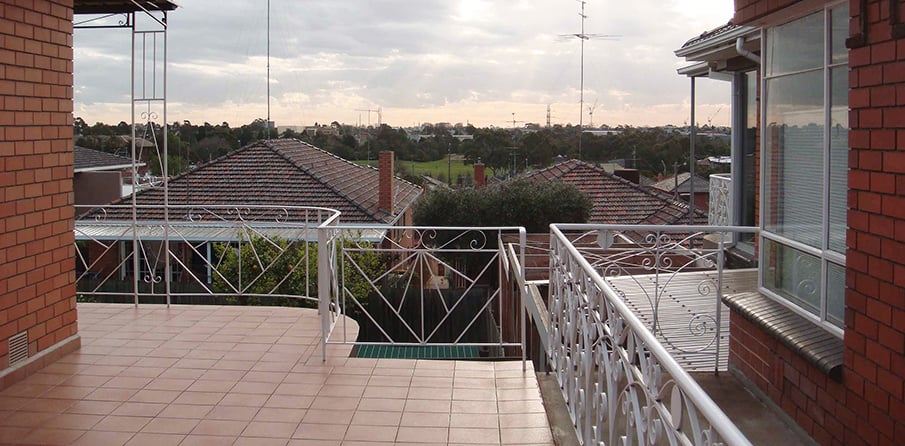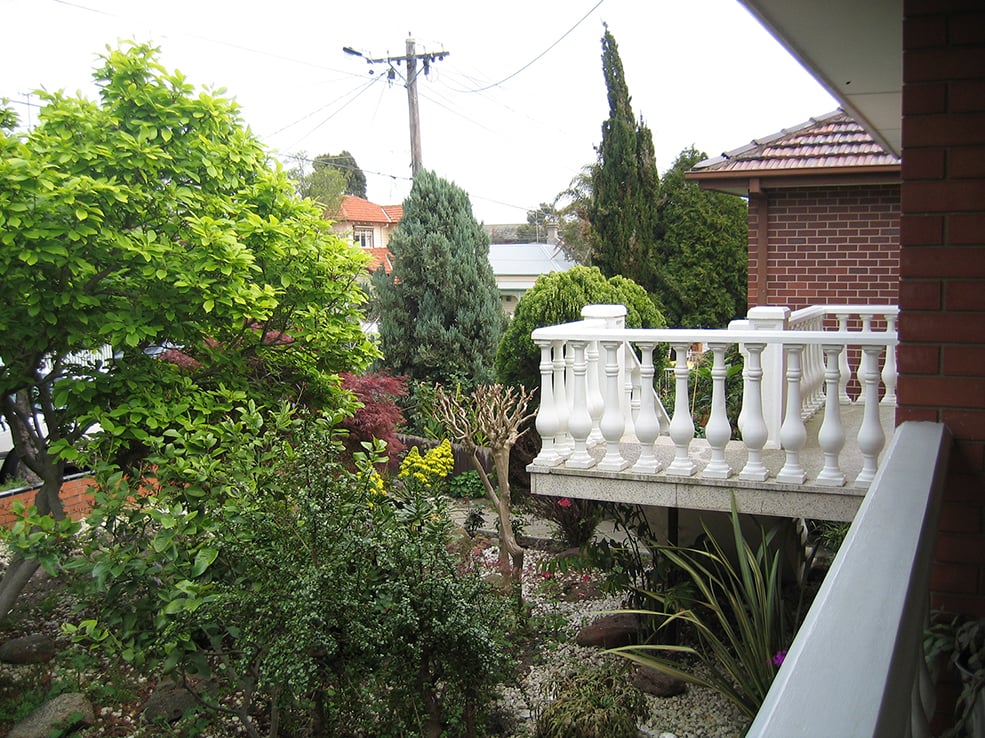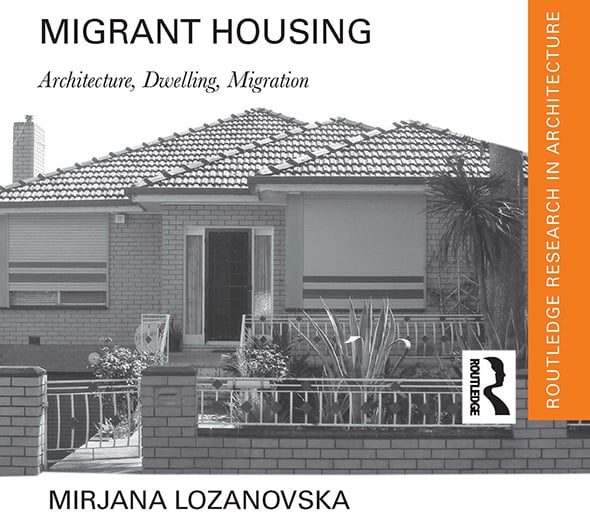 Numerous styles of architecture throughout our cities are regarded and celebrated, but in suburban Australia the popular brick veneer homes of the 1950s-1970s, adorned with concrete driveways and paths, fruit trees, columns of antiquity and decorative metal fencing are often overlooked for architectural exploration and celebration. These homes represent a hidden type of architecture rarely raised in discussion of Australia’s rich suburban housing history.
Numerous styles of architecture throughout our cities are regarded and celebrated, but in suburban Australia the popular brick veneer homes of the 1950s-1970s, adorned with concrete driveways and paths, fruit trees, columns of antiquity and decorative metal fencing are often overlooked for architectural exploration and celebration. These homes represent a hidden type of architecture rarely raised in discussion of Australia’s rich suburban housing history.
Deakin University Associate Professor Mirjana Lozanovska’s has a strong academic, creative, inventive and ethical commitment to tell the stories of these homes and their inhabitants.
Mirjana’s passion for migrant housing architecture and the stories they hold resulted in the publication of a book in 2019: “The book’s main aim is to acknowledge the phenomenal housing contribution, the spatial inventiveness of southern European migrants,” Mirjana Lozanovska explains.

The publication Migrant Housing has led to media interest in the topic, including this pictorial article by ABC journalist Alan Weedon, Retrofitting Australia’s Post War Suburbia which looks at current trends to bulldoze these examples of post war housing.
“As Australian cities become denser, some of the post-war homes that changed Australia forever are facing the bulldozer, so who’s going to save them once their owners are gone?” – Alan Weedon.
The Age presented a full review of Mirjana’s book in a printed central double page of their Saturday’s Spectrum section in August 2019, “Underneath the Arches” in The Age, (pp.16 & 17 Spectrum August 31st 2019) by Ray Edgar. The article discussed the visual aesthetic of the homes however Mirjana’s work goes deeper and explores the connection between the housing style, the proud homeowners and the rich stories and tapestries that have shaped the urban communities. The article was also re-titled and published in The Sydney Morning Herald.
“I’m trying to understand the inventiveness of the architecture. It’s less about the surface and more about the spaces and architectural presence on the street. I’m trying to go more inside the migrant house, both metaphorically and literally, to understand the people who built them and what their house meant to them.” – Mirjana Lozanovska
 The airwaves were also keen to examine this area of discussion and Radio National Blueprint host Jonathon Green interviewed Mirjana on these migrant houses in October 2019. The interview was conducted in Northcote surrounded by mid 1960’s examples of the very architecture that informed the discussion.
The airwaves were also keen to examine this area of discussion and Radio National Blueprint host Jonathon Green interviewed Mirjana on these migrant houses in October 2019. The interview was conducted in Northcote surrounded by mid 1960’s examples of the very architecture that informed the discussion.
See also:
Migrant Housing: How post-war migrants helped shape Melbourne
Migrant Housing. Architecture, Dwelling, Migration is printed by Routledge and available in hardback or ebook format.






